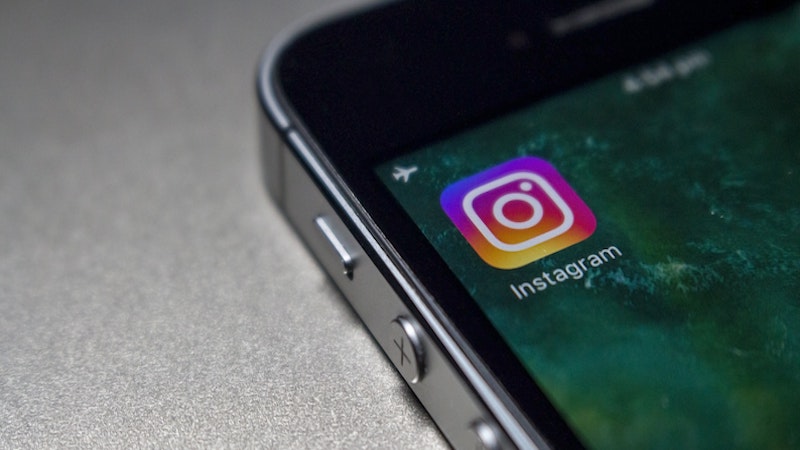Instagram is testing new options for verifying the age of its users. The platform is using the tools as an extension of the previous proof of identity.
Instagram is currently testing two new tools that allow users to verify their age on the platform. This is reported by the news agency Reuters. According to the report, the new features are an extension of the previous age verification via proof of identity.
Instagram wants to protect minors
The new options are aimed primarily at minors between the ages of 13 and 17. They are intended to help offer age-appropriate experiences for younger users. This includes, for example, setting up private accounts.
Instagram also wants to prevent unknown adults from making unwanted contact with underage users. In addition, the possibilities of reaching young consumers with advertising are to be further restricted.
Proof of age via video selfie
To protect the privacy of underage users, the social media service has enlisted the help of Yoti. The company specializes in verifying the age of online consumers.
To verify the age of consumers, Yoti uses a combination of AI technology and so-called liveness anti-spoofing to verify the real identity of users. The company also checks the authenticity of uploaded documents.
In the future, users will be able to upload a video selfie to have their age verified. The Yoti technology then estimates the age based on facial features. Instagram and Yoti alike assure that the image will be deleted again as soon as the verification process is complete.
Instagram: Followers can verify users
The network also uses another option for age verification. Users have the option of selecting three followers who can confirm their age. For this option, however, users must be at least 18 years old.
Instagram is introducing the new tools after the company drew criticism for its Instagram Kids platform last year. The version of the social media service aimed at underage users promised to offer ad-free, age-appropriate content. Parental permission was also required to use the service.
However, lawmakers in the U.S. and other interest groups expressed safety concerns and demanded that the service be discontinued for the time being.





